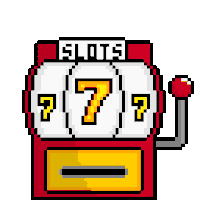LembarJP: Link Login Masuk #1 Terbaru & Resmi Di Indonesia
LembarJP merupakan sebuah platform agen situs slot gacor yang gampang menang hari ini dan link lembarjp adalah satu-satunya situs yang menawarkan link resmi yang asli dan juga paling terbaru di indonesia yang direkomendasikan langsung dari provider pragmatic dan provider game lainnya. Ayo buruan langsung daftar di link login lembarjp terbaru sekarang, jangan sampai kelewatan bonus bonus menarik yg ditampilkan!















 Live Chat
Live Chat